Anti-counterfeit
Anti-counterfeit
Anti-counterfeit
**Anti-counterfeit** measures in packaging are essential to protect products from being copied or faked. These measures help ensure that consumers receive genuine products and not imitations.
Why is Anti-counterfeit Important?
Counterfeit products can harm a brand's reputation and cause financial losses. They can also pose health risks to consumers. By using anti-counterfeit packaging, companies can safeguard their products and maintain trust with their customers.
Common Anti-counterfeit Techniques
There are several techniques used in anti-counterfeit packaging:
- Holograms: These are shiny, multi-dimensional images that are hard to replicate.
- QR Codes: Scannable codes that can verify the authenticity of a product.
- Watermarks: Hidden marks that are only visible under certain conditions.
- RFID Tags: Radio-frequency identification tags that track and verify products.
Benefits of Anti-counterfeit Packaging
Using anti-counterfeit packaging provides several benefits:
- Consumer Trust: Ensures customers receive genuine products.
- Brand Protection: Safeguards the brand's reputation and financial health.
- Regulatory Compliance: Meets legal requirements for product safety and authenticity.
Conclusion
Anti-counterfeit measures in packaging are crucial for protecting both brands and consumers. By implementing these techniques, companies can ensure product authenticity and maintain customer trust.
Blog Posts with the term: Anti-counterfeit
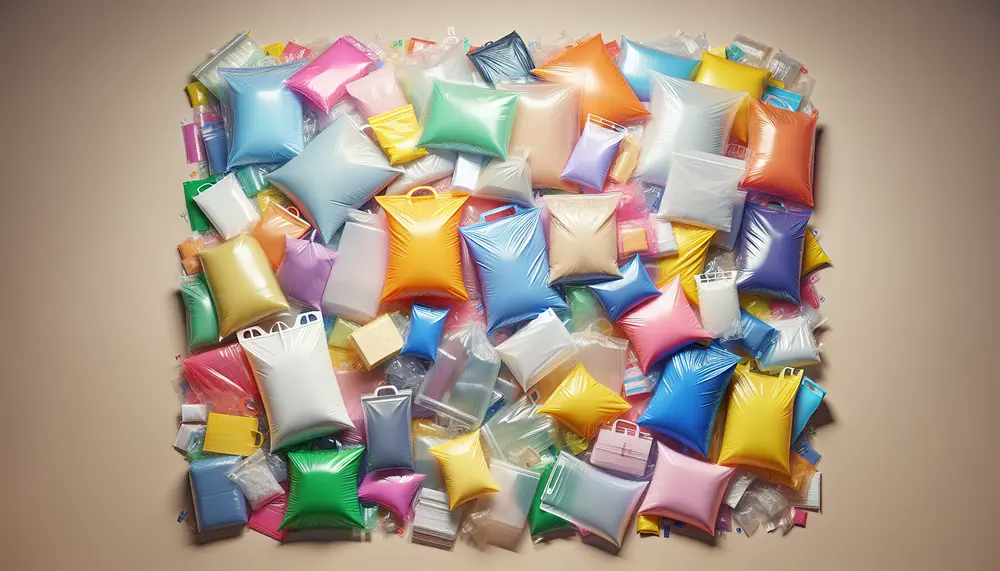
LDPE bags are versatile and durable packaging solutions made from Low-Density Polyethylene, suitable for a wide range of applications including food packaging, medical supplies, retail merchandise, industrial parts, and agricultural products. They offer benefits such as cost efficiency, protective qualities...
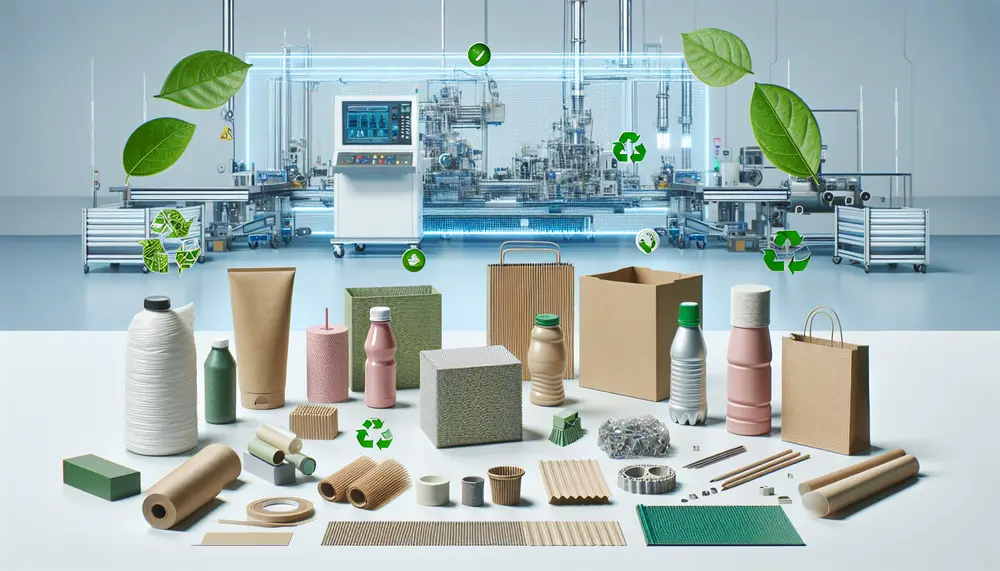
The packaging and technology revolution is transforming product protection, preservation, and presentation through intelligent systems, AR/VR experiences, digital printing for customization, with a focus on data security in smart packaging solutions. This intersection of fields offers innovation opportunities across industries. Technology's...
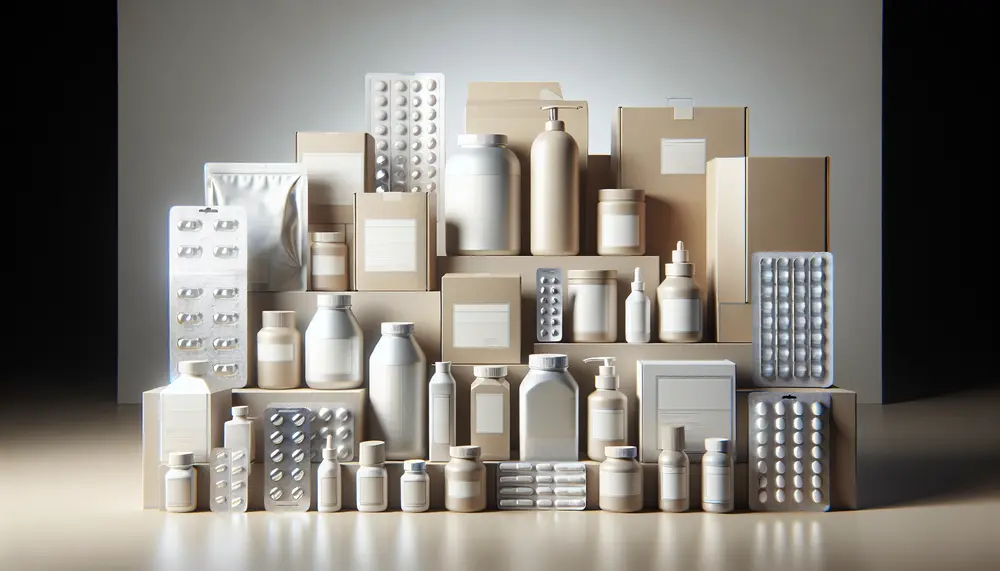
Pharmaceutical packaging and design are essential for ensuring medication safety, efficacy, and patient compliance. Effective packaging involves understanding regulatory requirements, material science, and user needs while providing protection, information, identification, convenience, and adherence to treatment plans; it must also comply...
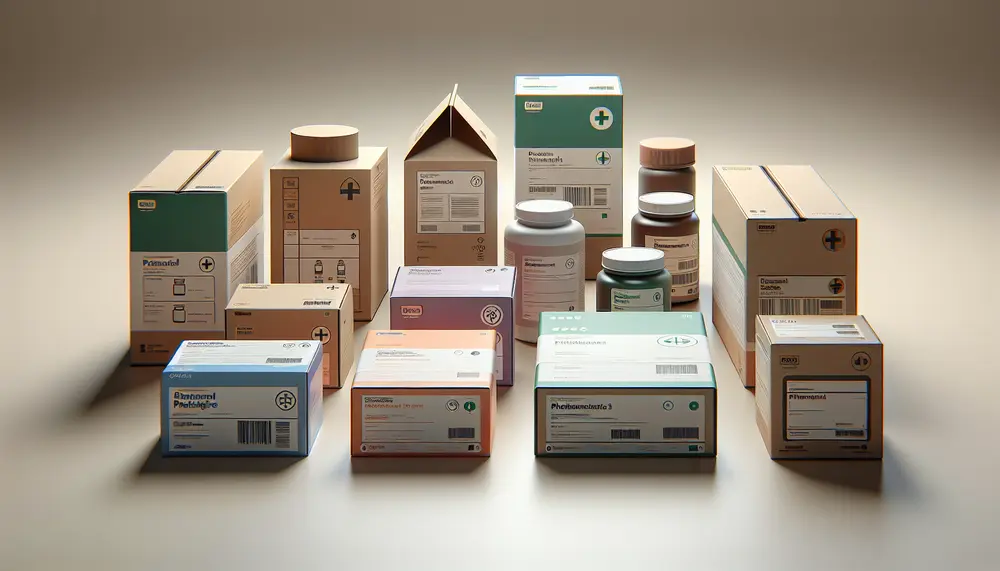
Pharmaceutical packaging is essential for maintaining medication safety, stability, and compliance with regulatory standards; it protects from external elements and contamination while ensuring patient adherence through clear labeling and user-friendly designs. When choosing a pharmaceutical packaging manufacturer, consider their certifications,...
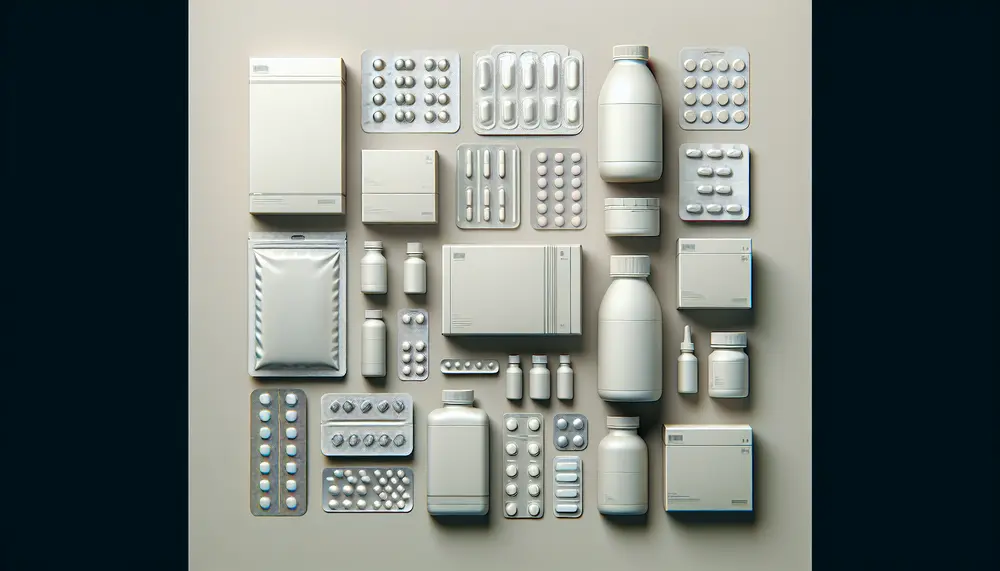
Tablet packaging materials are essential for protecting medication from contamination and damage, with properties tailored to the pharmaceutical product's needs. Secure tablet packaging is vital in maintaining drug potency, ensuring patient safety through tamper evidence, preventing misuse or accidental ingestion,...
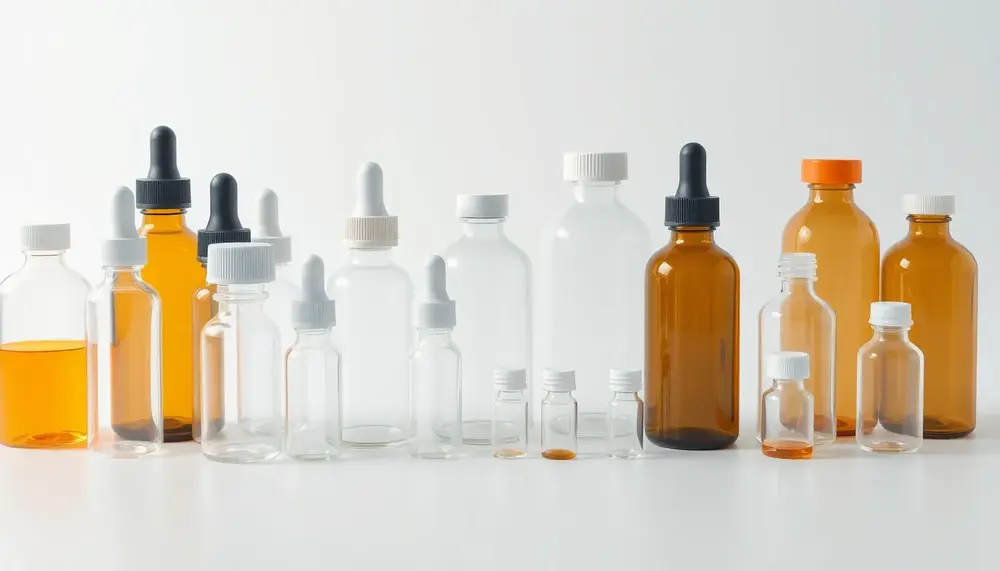
Pharmaceutical packaging bottles are designed to protect, preserve, and deliver medications effectively while ensuring safety, regulatory compliance, and user convenience. Key considerations include material compatibility, barrier properties, child-resistant features, sterility assurance, sustainability efforts like bio-based plastics or glass alternatives for...
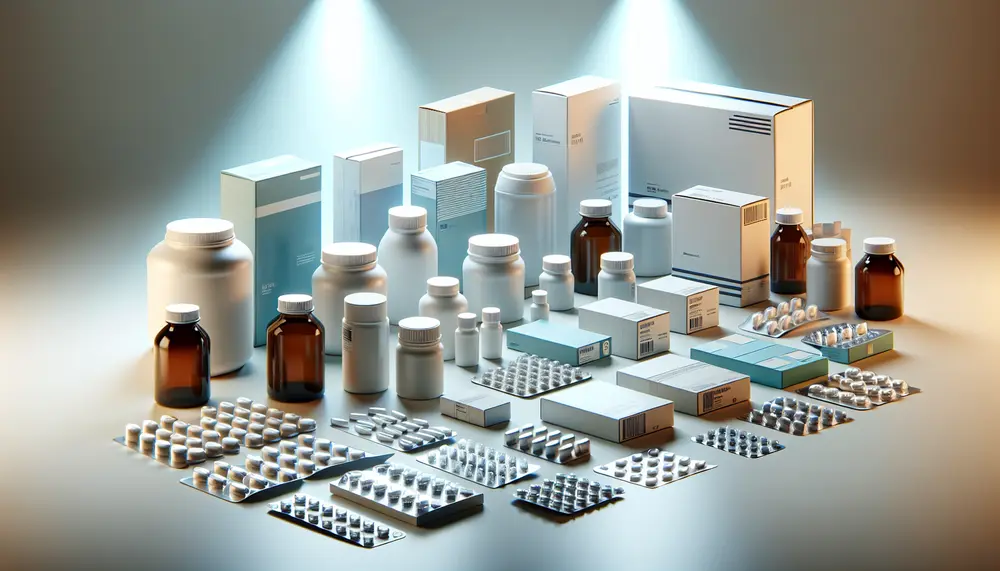
Pharmaceutical packaging is essential for maintaining the safety, integrity, and effectiveness of medications by protecting them from contamination, degradation, and tampering while ensuring they remain effective throughout their shelf life. It involves using various materials like glass, plastics, metals, and...
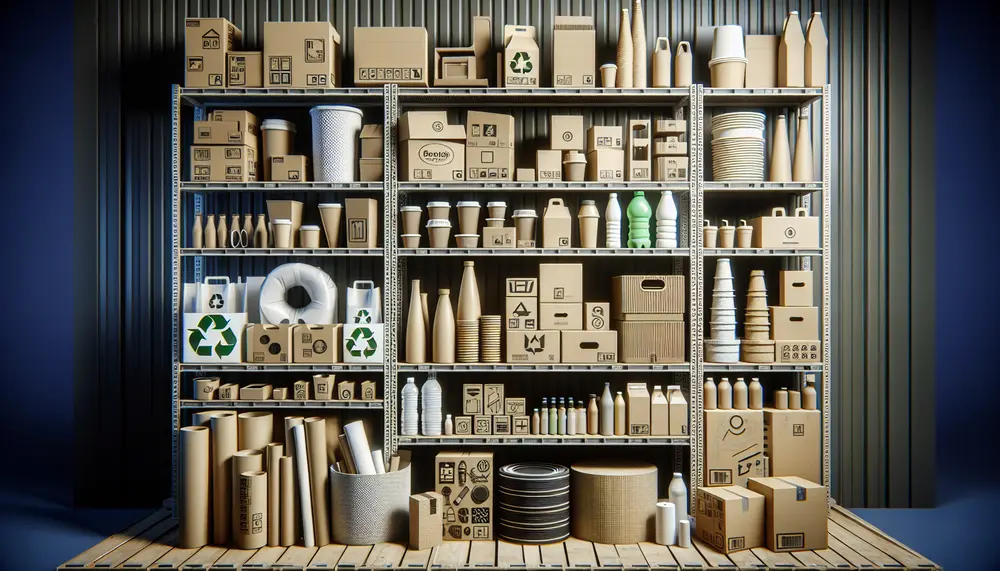
The UAE packaging industry is rapidly evolving, driven by economic growth and sustainability trends, with companies investing in R&D to meet the increasing demand for innovative and eco-friendly solutions. Digital transformation enhances supply chain efficiency through smart technologies as businesses...
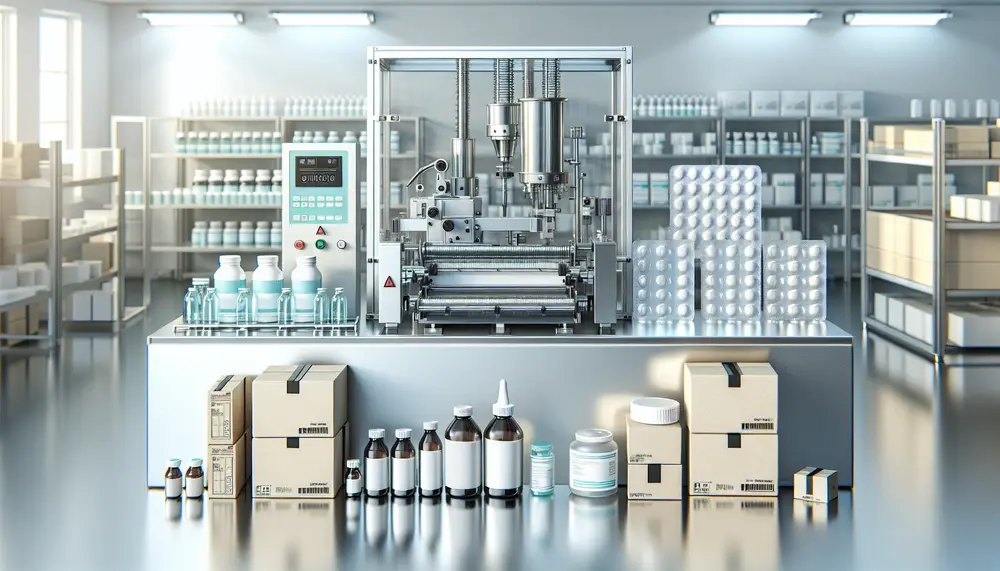
Pharmaceutical packaging equipment is essential for maintaining the safety, integrity, and efficacy of medications by adhering to strict regulatory standards. This includes a variety of machines like blister pack machines, bottle filling machines, and labeling systems that ensure protective containment...
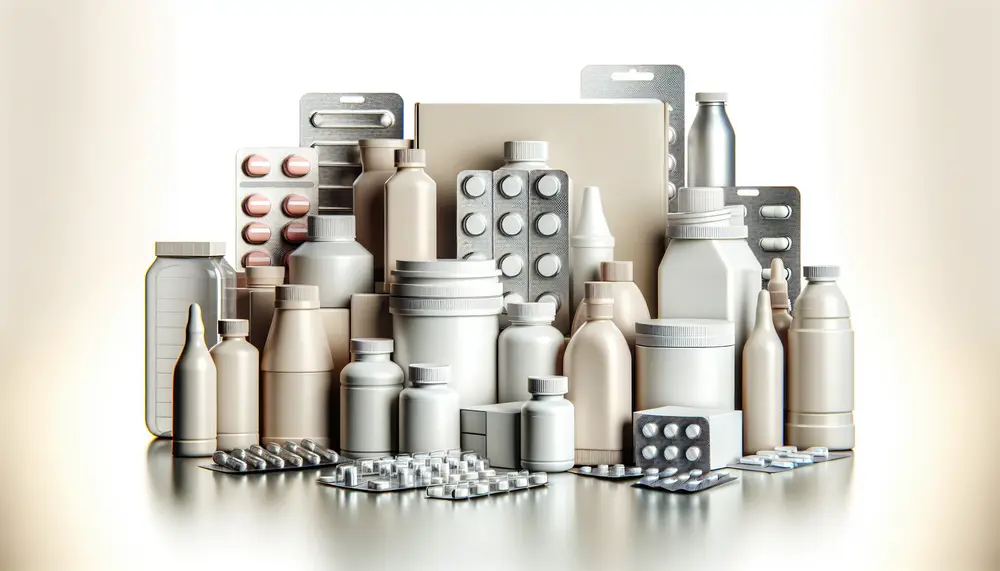
Understanding and selecting the right pharmaceutical packaging materials is essential for maintaining drug safety, efficacy, and integrity. These materials must protect against environmental factors like moisture and light while ensuring compatibility with the drugs they contain; innovations in this field...
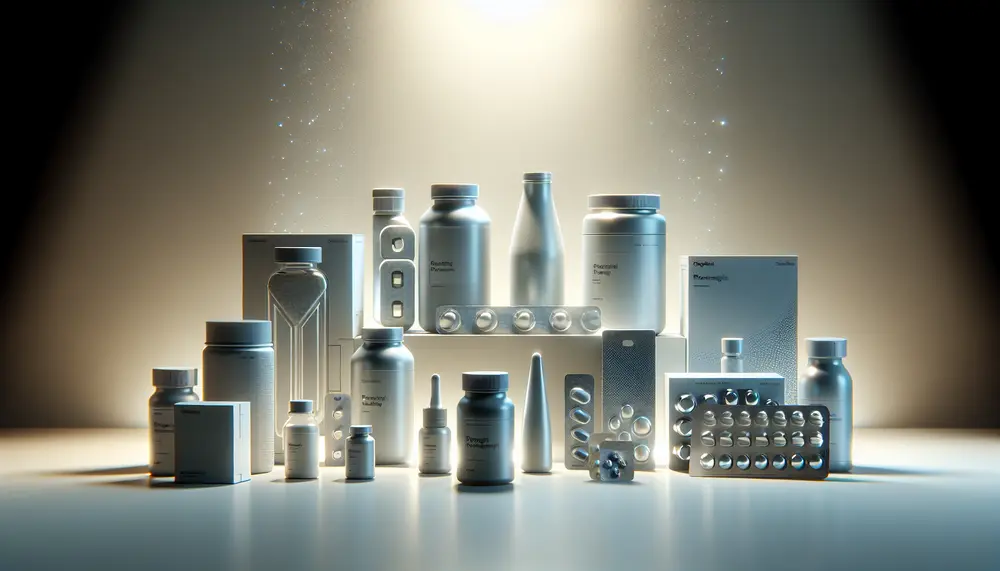
Pharmaceutical packaging design companies play a crucial role in ensuring medication safety, compliance with regulatory standards, and enhancing user experience while incorporating sustainable practices. Key industry players like Amcor, Gerresheimer, West Pharmaceutical Services, SGD Pharma, and Becton Dickinson drive innovation...
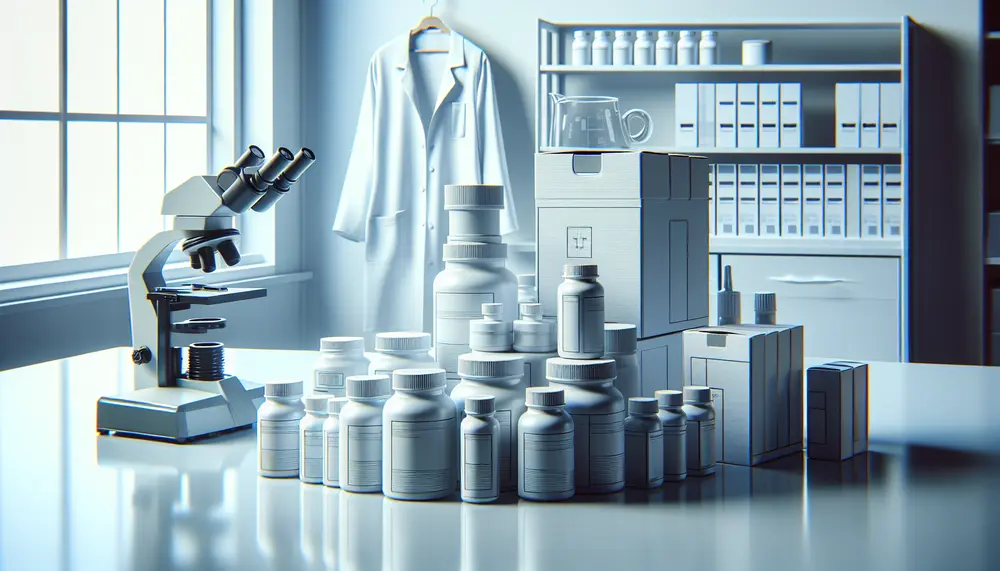
Pharmaceutical packaging work involves designing, producing, and evaluating containers for medications to ensure safety and efficiency in delivery while maintaining product integrity through considerations like barrier protection and regulatory compliance. This field faces challenges such as material compatibility, regulatory adherence,...
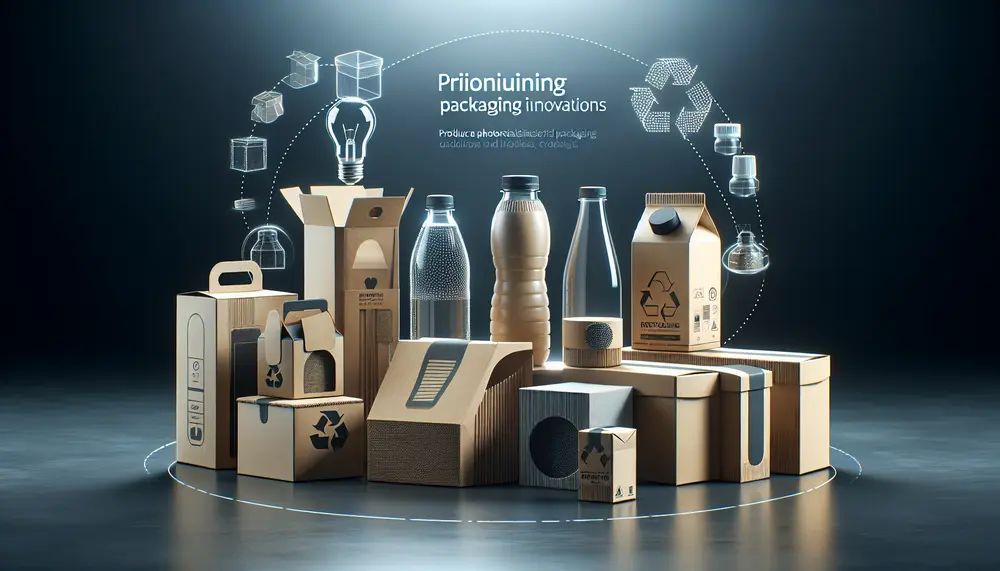
Market-leading packaging is characterized by innovative design and materials that enhance brand experience, with growth driven by eco-conscious trends and consumer needs. The sector's evolution from function to innovation has led to smart, interactive technologies like QR codes and biodegradable...
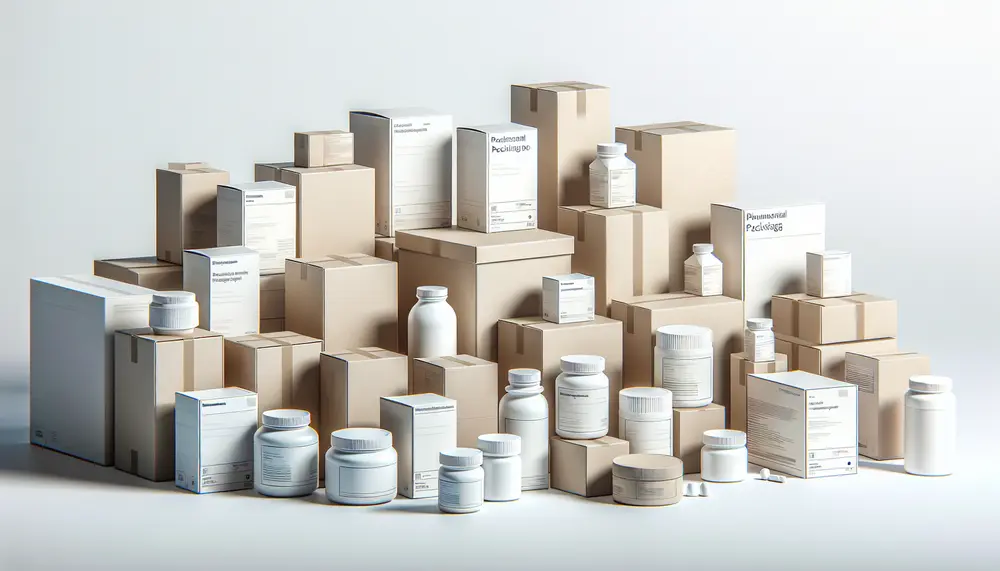
Pharmaceutical packaging boxes are crucial for maintaining the safety, efficacy, and integrity of medications by protecting them from external factors like moisture and contamination, while also providing essential information to healthcare providers and patients. The selection process involves considering material...
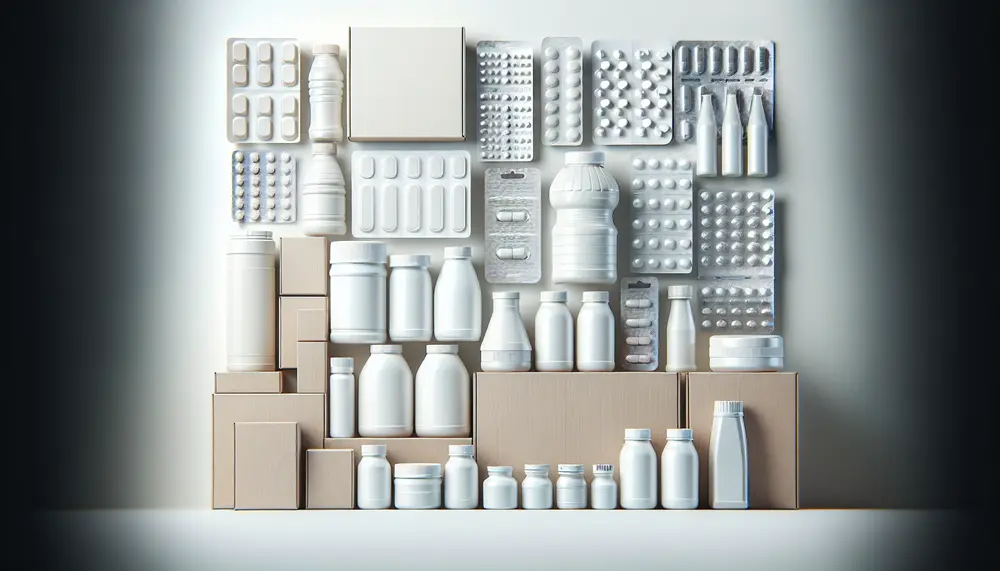
Pharmaceutical packaging is crucial for drug integrity and safety, balancing protection with patient convenience and regulatory compliance. Various materials like glass, plastics, aluminum foil, and biodegradable options are used to meet diverse needs in preserving quality while ensuring sustainability....
